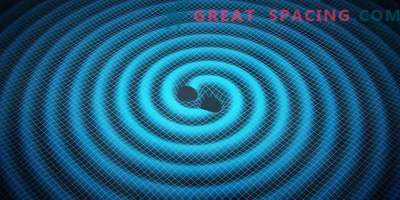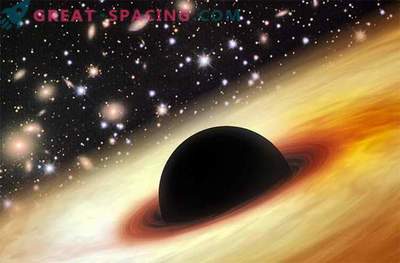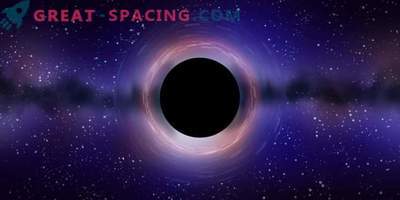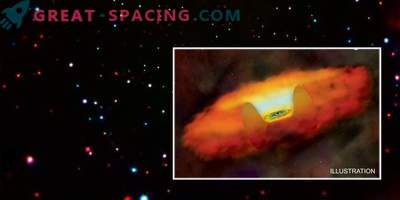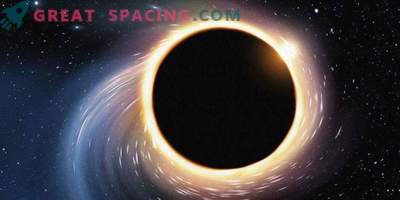
A highly sensitive radio telescope noticed something peculiar in the depths of our cosmos: a group of supermassive black holes leveled out in a mysterious way, as if connected in a synchronous dance.
These black holes, which occupy the centers of galaxies in the region of space called ELAIS-N1, have no relation to each other and are separated by millions of light years. But after studying the radio waves generated by two separate jets from the poles of black holes, astronomers, using data from a radio telescope (Giant Metrewave Radio Telescope - GMRT) in India, realized that all the jets pointed in the same direction as all arrows on the compasses indicate “ on North".
This is the first time that a group of supermassive black holes has been seen in the nuclei of galaxies, separating this bizarre relationship. And at first glance, such an appearance should be impossible. What we see is a cluster of galaxies that have central supermassive black holes, which in turn have their own axes of rotation, pointing in the same direction.
“Since these black holes do not know about each other, and do not have any way to exchange information, and do not affect each other directly on such a large scale, this means that the alignment should have occurred during the formation of galaxies in the early Universe "Said Andrew Russ Taylor, director of the Astronomy Institute for Intensive Data Processing in Cape Town, South Africa. Taylor is the lead author of a study published in the Monthly Notices of the Royal Astronomical Society. In other words, although each of these galaxies is currently independent of each other, they probably originate from the same small mass fluctuations formed shortly after the Big Bang, and therefore this gives them some commonality on a quantum scale. These objects appeared in the same compact area of the original space about 13, 8 billion years ago, and as the Universe expanded, they moved away from each other into mature galaxies that we see today in this distant volume of space.
But the fact that they remain highly correlated provides an incredible opportunity for astronomers to see how the small scale of the structure of the early Universe affects the large-scale structure of our Universe today.
Researchers hope to use this amazing discovery to better understand the conditions in which they are formed. But the discovery is very difficult to interpret, since there is currently no cosmological model that can explain this.
“Obviously, this is not expected on the basis of our current understanding of cosmology. This is a strange discovery, ”said Romel Dave of the University of Western Cape, South Africa.
It goes without saying that researchers have many hypotheses about what influenced the original universe to produce such a clear construction of a group of black holes. Perhaps powerful magnetic fields affected the original matter in such a way as to sow a group of synchronized black holes. Perhaps there was an influence of a hypothetical dark matter particles (for example, axioms) or cosmic strings, perhaps somehow influenced their evolution. At the moment, we can only guess. It is interesting to note that the discovery of these aligned black holes happened by chance. In preparation for the completion of the South African Meerkat radio telescope and the Square Kilometer Grid (SKA), which is being installed to become the most powerful radio telescope on the planet, the researchers used the powerful GMRT to find the weakest radio signals. Both systems will be many times more powerful than the radio observatories we currently have. So it looks like they already have some nasty puzzles to solve.
“We begin to understand how the large-scale structure of the Universe arose, starting from the Big Bang, and continuing to grow as a result of disturbances in the early Universe,” Taylor added, “and this helps us explore what will happen in the universe tomorrow.”




